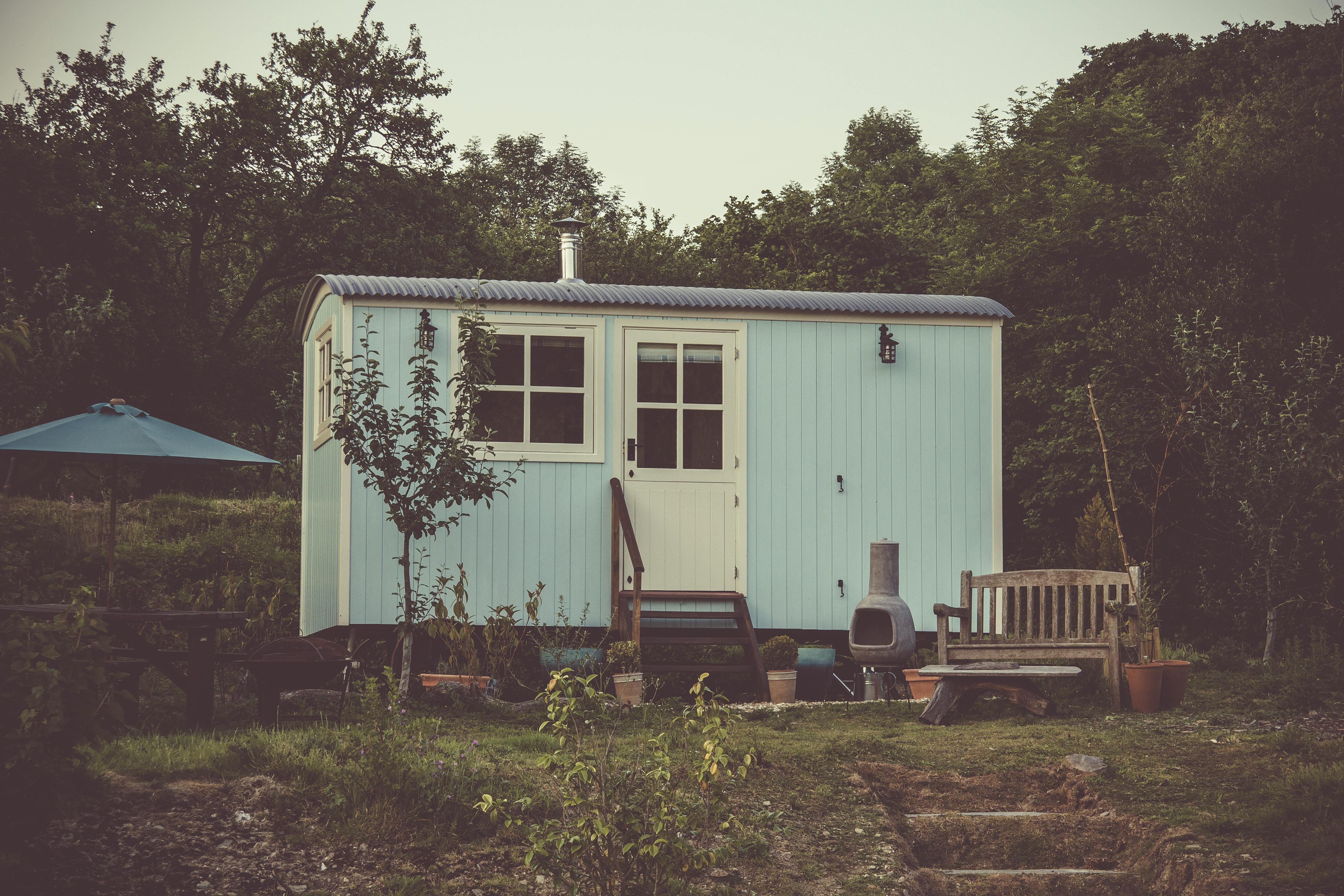Decoding the Potential of Micro Housing: A Deep Dive into Compact Living
Micro housing, often referred to as compact living, is a rising trend in the real estate market. With urbanization and population growth, our living spaces are becoming compact and optimized. This article provides a comprehensive exploration of the micro housing trend, analyzing its merits, challenges, and its potential impact on the real estate landscape.

The Emergence of Micro Housing
Micro housing began as a novel concept, driven by a need for affordable and space-saving living options in densely populated urban areas. Over time, it transformed into a desirable lifestyle choice, spurred by the millennial generation’s preference for minimalist living and environmental consciousness. As urban spaces became increasingly crowded and housing costs rose, the demand for smaller, more affordable homes grew. Thus, micro housing emerged as a viable solution, offering compact, efficient living spaces that maximize every square foot.
Current Market Trends and Insights
Micro housing is currently experiencing a surge in demand, particularly in major cities where space is at a premium. The rising costs of traditional housing, coupled with an increasing desire for mobility and flexibility, have driven this trend forward. According to market research, micro housing units, typically measuring less than 500 square feet, are increasingly becoming a preferred choice for urban dwellers.
Advantages and Challenges
Micro housing offers several advantages, primarily in terms of affordability and sustainability. These compact homes are less expensive to build, purchase, and maintain, making them an attractive proposition for first-time home buyers and those on a budget. Furthermore, their small size results in lower energy consumption, aligning with growing environmental concerns.
However, compact living also presents certain challenges. Micro homes require efficient space utilization, which may not appeal to everyone. The lack of space may also pose difficulties for families or individuals who work from home. Additionally, micro housing projects often face regulatory hurdles, as they may not comply with existing zoning laws and building codes.
The Impact on Buyers, Sellers, and Investors
For buyers, micro housing presents an affordable entry point into the housing market, especially in high-cost urban areas. Sellers, particularly developers, can benefit from the high demand and lower construction costs of micro homes. As for investors, this trend offers potential high returns due to the growing interest and demand for compact living spaces.
Future Prospects of Micro Housing
While the micro housing trend is currently centered in urban areas, it has the potential to expand to suburban and rural locales, driven by the ongoing housing affordability crisis. As architectural and design innovations continue to make these homes more comfortable and appealing, micro housing may well become a mainstream housing option in the near future.
Decoding the potential of micro housing requires a deep understanding of the current real estate market trends and consumer preferences. As we continue to navigate the complexities of urbanization and sustainability, it’s clear that this emerging trend holds significant promise and potential in reshaping our living spaces.




